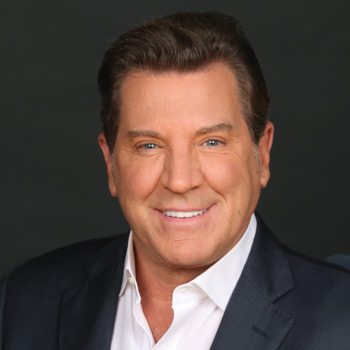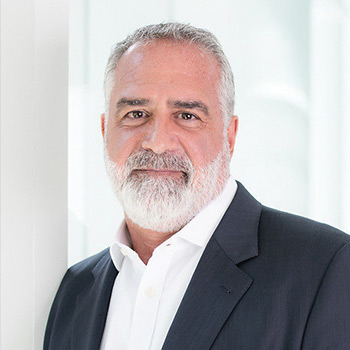How much should you invest in stocks and bonds? How about in foreign stocks? Geared toward investors saving for retirement, target-date (also dubbed lifecycle) funds promise a single, diversified portfolio that removes the guesswork, explains Rich Moroney, editor of Dow Theory Forecast.
The funds are built around three key selling points:
➤ A dynamic asset mix. The funds gradually shift to less stocks and more bonds, making them more conservative as the target date approaches, typically when an investor expects to retire. In general, bond and cash allocations increase slowly to about 55% for investors at retirement age, up from about 10% for those far from retirement.
➤ Automatic rebalancing. Portfolio rebalancing is often a challenge for investors because selling winners and buying laggards is difficult. But regular rebalancing is crucial, so a portfolio doesn’t drift far from a baseline asset allocation that matches an investor’s risk tolerance.
➤ Lower volatility through diversification. Most target-date funds hold broad index funds, offering investors exposure to thousands of stocks and bonds. That said, the funds have been hit by the recent market tumult — the nine listed below have slumped an average of 15% so far in 2022.
Many investors turn to target-date funds, particularly in workplace retirement plans, to make investing simpler and improve the odds of success. But the funds are not a complete answer. Though not all target-date funds follow the same computer algorithms, they tend to be similar and generic. Thus, a one-size-fits-all approach may not accurately fit your objectives and risk tolerance.
Moreover, a notable study published in December by the National Bureau of Economic Research argued that target-date funds tend to generate inferior long-term returns because they turn too conservative by under-weighting stocks starting around ages 45 to 50. At age 65, the study suggests an optimal stock allocation of around 60% for a diversified portfolio, well above the average target-date fund’s 45%.
While we question whether anyone needs a target-date fund, they make sense for less-engaged investors seeking a managed portfolio. The nine low-cost funds listed below are worth considering. Note that many have large positions in foreign stocks, which have lagged in recent years.
As an example, Fidelity Freedom 2030 (FXIFX) is an attractive pick for investors roughly 10 years from retirement. Key asset exposures include U.S. stocks (38%), foreign stocks (25%), and bonds (37%). Over the past five years, the fund has posted a 6.6% annualized return, ranking it among the top one-third of its peer group.
Here are 9 standout target-date funds:
Vanguard Target Retirement Income (VTINX)
Vanguard Target Retirement 2025 (VTTVX)
Fidelity Freedom 2030 (FXIFX)
Fidelity Freedom 2035 (FIHFX)
Fidelity Freedom 2040 (FBIFX)
Fidelity Freedom 2045 (FIOFX)
Vanguard Target Retirement 2050 (VFIFX)
Vanguard Target Retirement 2055 (FFVX)
Vanguard Target Retirement 2060 (VTTSX)


















